Shellac in the 1960s?
Fori
9 years ago
Related Stories
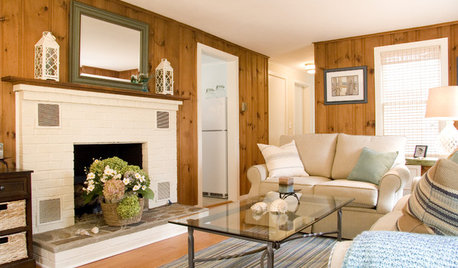
WALL TREATMENTSThese Are Not Your Grandfather’s Pine Walls
The knotty look went from popular to pariah in years past, but today’s designers are finding new and stylish ways to embrace it
Full Story
HOUSEKEEPINGHow to Clean Hardwood Floors
Gleaming wood floors are a thing of beauty. Find out how to keep them that way
Full Story
GREAT HOME PROJECTSWhat to Know About Adding a Reclaimed-Wood Wall
Here’s advice on where to put it, how to find and select wood, what it might cost and how to get it done
Full Story
LIFEThe Polite House: How Can I Kindly Get Party Guests to Use Coasters?
Here’s how to handle the age-old entertaining conundrum to protect your furniture — and friendships
Full Story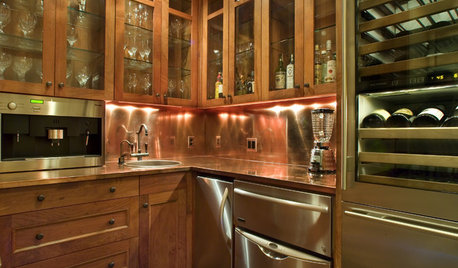
METALCopper, the Dynamic Topper
Time changes copper’s appearance on walls, fireplaces and more, but your love of its look may spring eternal
Full Story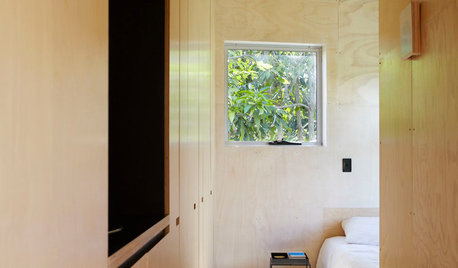
WOODDesign Workshop: Plywood as Finish
Trendproof your interior with this sensible guide to using this utilitarian material indoors
Full Story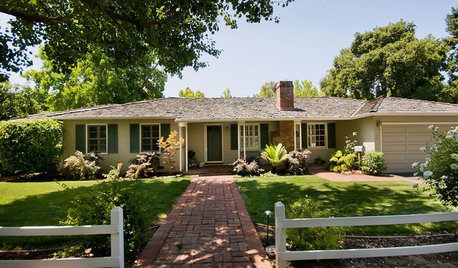
ARCHITECTURE10 Advantages of the Humble Ranch House
Boomer-friendly and not so big, the common ranch adapts to modern tastes for open plans, outdoor living and midcentury mojo
Full Story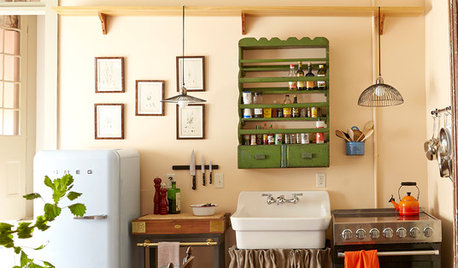
HOUZZ TOURSHouzz Tour: Undone in the French Quarter
Color and history abound in this ‘unrenovated’ pied-à-terre in the Big Easy
Full Story
MOST POPULARFrom the Pros: How to Paint Kitchen Cabinets
Want a major new look for your kitchen or bathroom cabinets on a DIY budget? Don't pick up a paintbrush until you read this
Full Story
DECORATING GUIDES10 Ways to Update a Victorian Living Room
Bring your period living room sensitively into the 21st century with these simple yet effective design tricks
Full Story







bobismyuncle
ForiOriginal Author
Related Professionals
Dover Cabinets & Cabinetry · Graham Cabinets & Cabinetry · Fruit Cove Carpenters · Parsippany Carpenters · Rancho Cordova Carpenters · Arlington Flooring Contractors · Cedarburg Flooring Contractors · Fort Myers Flooring Contractors · Green Bay Flooring Contractors · Greer Flooring Contractors · Lansdale Flooring Contractors · Lodi Flooring Contractors · Myrtle Beach Flooring Contractors · Roswell Furniture & Accessories · Glenview Furniture & Accessoriesbobismyuncle
bobismyuncle
Steve Just Steve for now
rwiegand